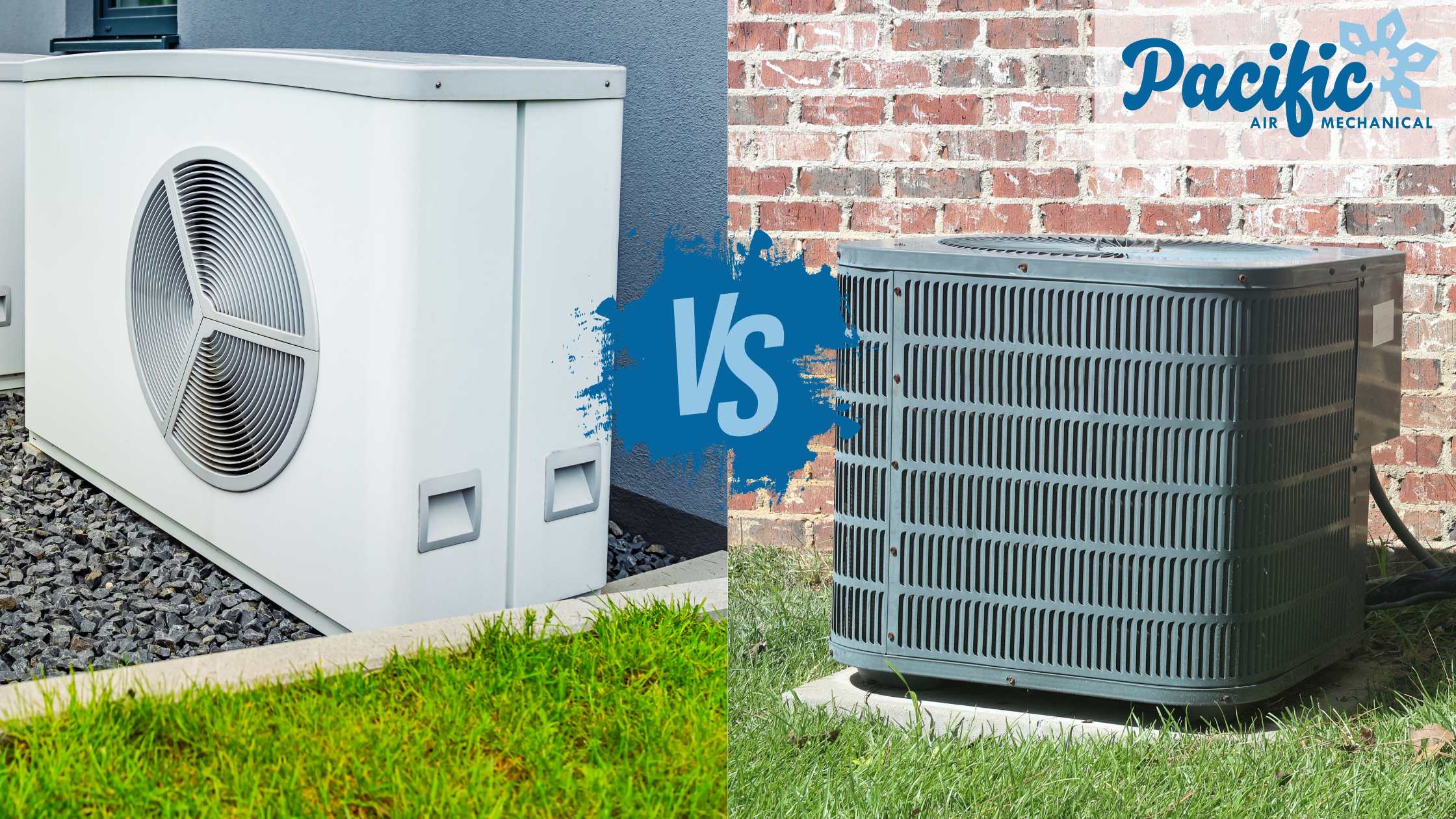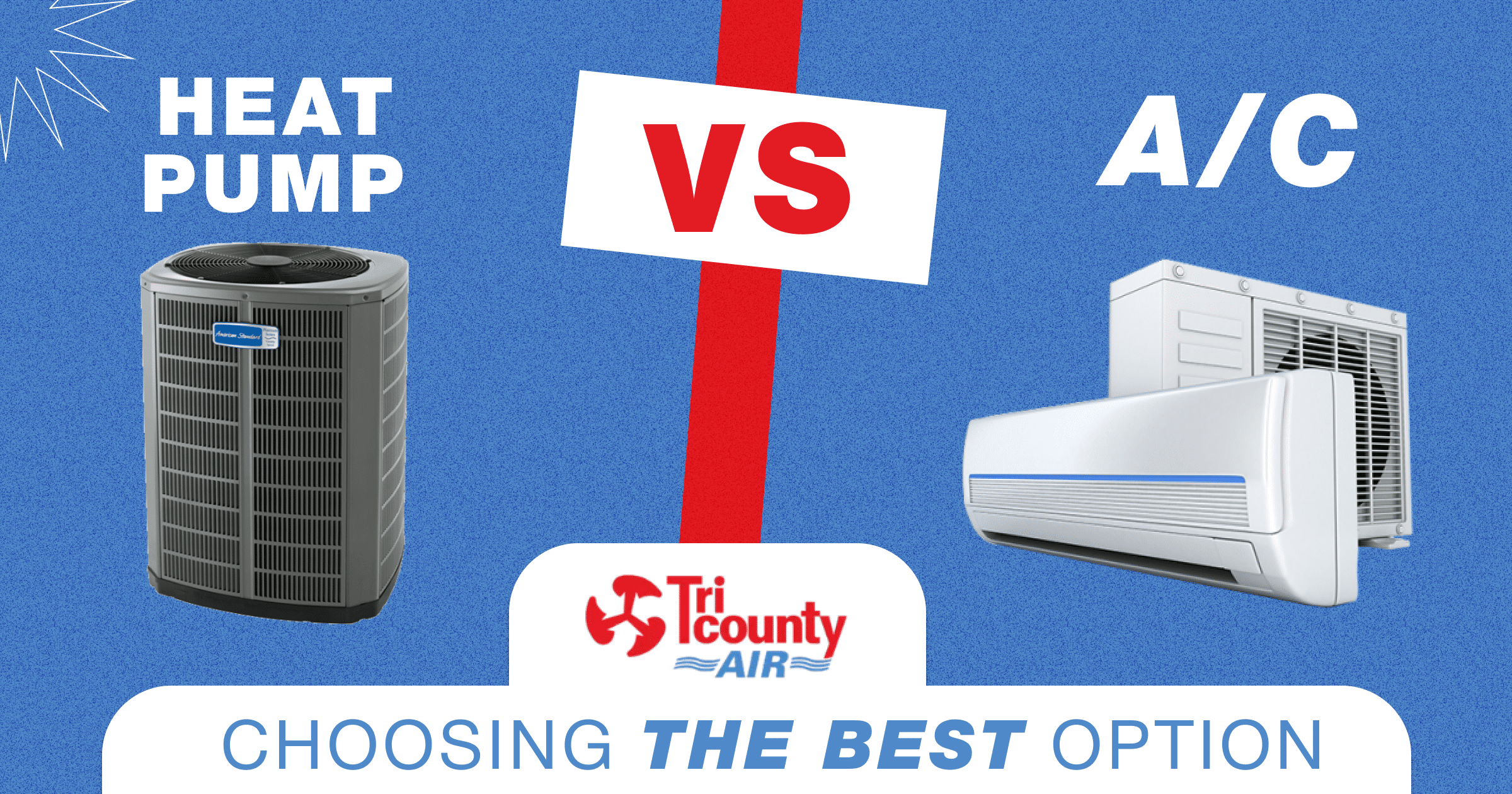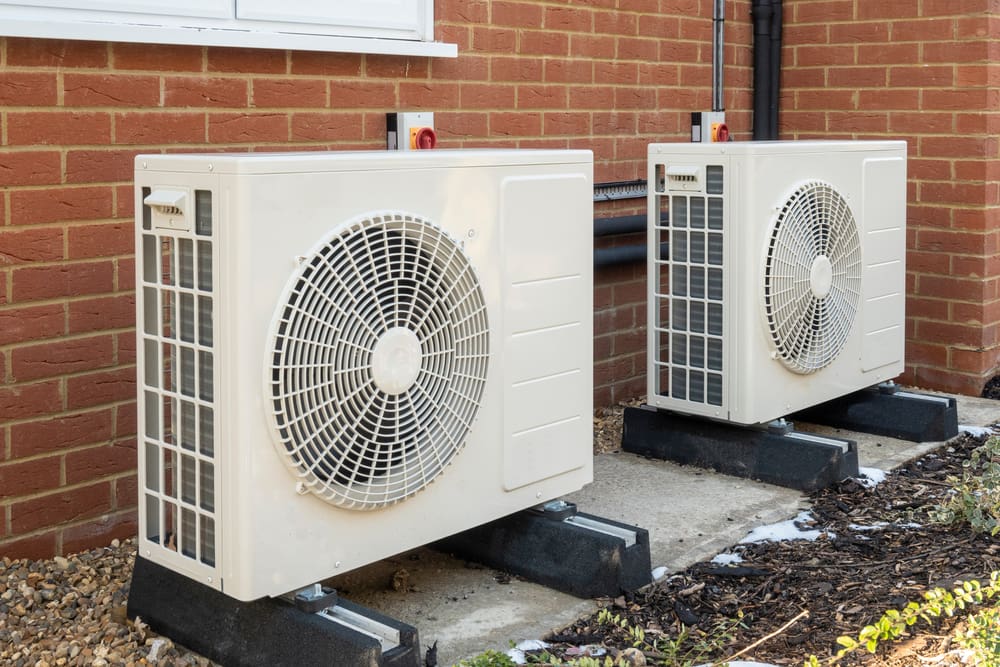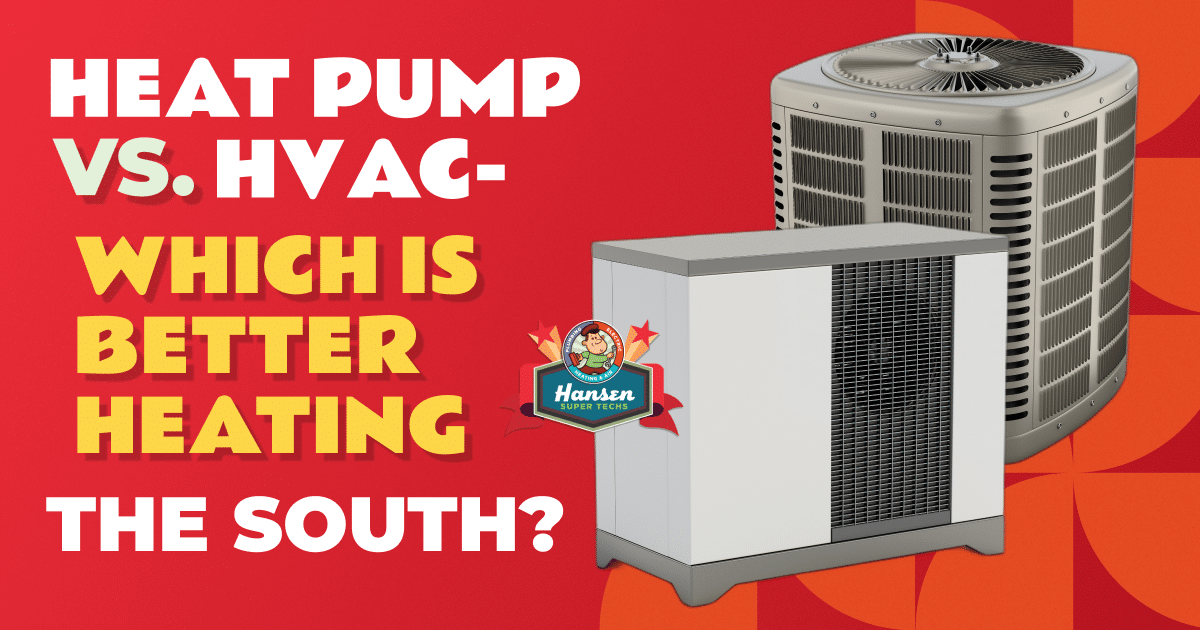Is Heat Pump Better Than Air Conditioner
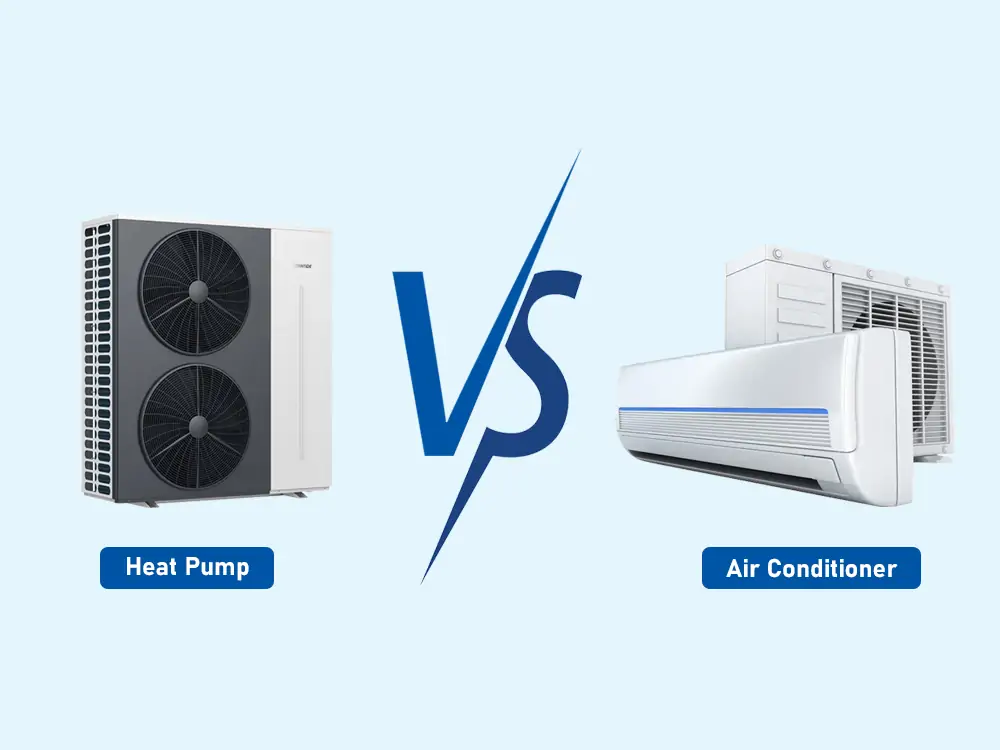
Are you constantly battling uneven temperatures in your home, fluctuating energy bills, or unsure which system – a heat pump or an air conditioner – is the best fit for your needs? Many homeowners face similar challenges. This article will guide you through a practical troubleshooting process to determine if a heat pump is the right choice for you and address common issues that may arise. We'll cover diagnostics, DIY solutions, and when to call in the pros.
Identifying the Root of the Problem: Heat Pump or Air Conditioner Suitability
Before diving into repairs, let's first assess whether your system is even appropriate for your climate and heating/cooling needs. A common problem is homeowners using an air conditioner in climates where supplemental heat is frequently needed, or relying on inefficient backup electric resistance heat with a heat pump when temperatures drop too low.
Step 1: Assess Your Climate and Heating Needs (No Tools Required)
This is the most fundamental step. Consider the following:
- Average Winter Temperatures: What are the typical winter lows in your area? If they consistently fall below freezing (32°F or 0°C), a traditional heat pump might struggle to efficiently provide sufficient heat. Newer, cold-climate heat pumps are more effective at lower temperatures, but understanding your region's climate is vital.
- Heating Degree Days: Search online for "Heating Degree Days [your zip code]". This number indicates the heating demand of your location. A higher number suggests a greater need for a robust heating system.
- Cooling Degree Days: Similarly, look up "Cooling Degree Days [your zip code]". This will tell you about the demand for cooling.
- Energy Costs: Compare the cost of electricity versus other heating fuels like natural gas or propane in your area. Heat pumps are generally more efficient than air conditioners for both heating and cooling, but the overall cost savings depend on your local utility rates.
- Personal Comfort Preferences: Do you prefer consistent, even heating, or are you okay with slightly cooler temperatures in some areas? Heat pumps often provide a more consistent, lower-level heat compared to the bursts of heat from a furnace.
If your climate has mild winters and you prioritize energy efficiency, a heat pump is often a good choice. If you have severely cold winters, a heat pump might be better as a supplement to another heating source.
Step 2: Evaluate Your Current System's Performance (No Tools Required)
How is your current system performing? Consider these questions:
- Uneven Heating/Cooling: Are some rooms significantly warmer or cooler than others? This could indicate airflow issues, duct leaks, or an improperly sized system.
- High Energy Bills: Are your energy bills unusually high compared to previous years or similar homes in your area? This could point to an inefficient system, poor insulation, or duct leakage.
- Frequent Cycling: Does your system turn on and off frequently? This "short cycling" can indicate a problem with the thermostat, refrigerant levels, or a dirty air filter.
- Strange Noises: Are you hearing unusual noises from your indoor or outdoor unit? These could be signs of mechanical problems.
- Inadequate Heating/Cooling: Is your system struggling to maintain a comfortable temperature, especially during extreme weather?
If you're experiencing significant problems with your current system, it might be time to consider an upgrade to a more efficient heat pump, especially if your existing air conditioner is nearing the end of its lifespan.
DIY Troubleshooting Steps: Simple Checks and Solutions
Now let's move on to some DIY troubleshooting steps you can take before calling a professional.
Step 3: Check the Air Filter (No Tools Required)
This is the simplest and often most overlooked step. A dirty air filter restricts airflow, reducing efficiency and potentially causing the system to overheat or freeze up.
- Locate the Air Filter: It's usually located in the indoor unit or in a return air vent.
- Inspect the Filter: Is it visibly dirty or clogged?
- Replace the Filter: Replace it with a new filter of the correct size and MERV rating (check your system's manual for specifications).
Replace the air filter every 1-3 months, depending on usage and air quality.
Step 4: Inspect the Outdoor Unit (No Tools Required, Caution Required)
The outdoor unit of a heat pump or air conditioner needs to be free of obstructions to function properly. Be cautious when working around electrical components and moving parts. Turn off the power to the unit at the breaker box before inspecting it internally.
- Clear Debris: Remove any leaves, branches, snow, or other debris that may be blocking the unit. Ensure there is at least 2-3 feet of clearance around the unit.
- Check the Fins: The fins on the outdoor unit should be straight and clean. If they are bent, you can carefully straighten them with a fin comb (available at most hardware stores).
- Inspect the Fan: Make sure the fan blades are clean and free of obstructions.
Important: Do not attempt to clean or repair the internal components of the outdoor unit unless you are a qualified HVAC technician.
Step 5: Check the Thermostat (No Tools Required)
The thermostat is the brain of your HVAC system. Ensure it's set correctly and functioning properly.
- Verify Settings: Make sure the thermostat is set to the correct mode (heat or cool) and temperature.
- Check Batteries: If your thermostat is battery-powered, replace the batteries.
- Test Functionality: Increase or decrease the temperature setting to see if the system responds accordingly.
- Inspect Wiring (Advanced - Power Off Required): If you are comfortable working with low-voltage wiring (after turning off the power at the breaker), check the thermostat wiring connections. Loose or corroded wires can cause problems.
Step 6: Check for Ice Buildup (No Tools Required)
During the winter, heat pumps can sometimes develop ice buildup on the outdoor unit, especially during defrost cycles.
- Observe the Outdoor Unit: Look for excessive ice buildup on the coils. A small amount of ice is normal during defrost cycles.
- Initiate Defrost (If Possible): Some thermostats have a manual defrost setting. Consult your owner's manual.
- Clear Obstructions: Ensure that airflow around the unit is not blocked by snow or ice.
If the ice buildup is excessive or persists for an extended period, it could indicate a problem with the defrost cycle or refrigerant levels.
Step 7: Checking Airflow From Vents (No Tools Required)
Are your vents blowing air? This can indicate ductwork issues.
- Check each vent in your home while the system is running.
- Feel the airflow. Is it strong or weak?
- Listen for whistling or hissing around vent connections, which can indicate leaks.
Tools You Might Need (Basic HVAC Troubleshooting)
While many initial checks require no tools, some tasks benefit from basic equipment:
- Fin Comb: For straightening bent fins on the outdoor unit.
- Multimeter (with caution): For checking voltage if you suspect electrical problems (only for experienced DIYers and always with the power off).
- Screwdrivers (various sizes): For removing panels and accessing components.
- Voltage Tester (non-contact): To verify power is off before working on electrical components.
Important Safety Note: Working with electricity can be dangerous. If you are not comfortable using these tools or working with electrical components, do not attempt to do so.
When to Call a Professional HVAC Technician
While some issues can be resolved with DIY troubleshooting, others require the expertise of a qualified HVAC technician. Call a professional if you encounter any of the following:
- Refrigerant Leaks: Refrigerant handling requires specialized equipment and training.
- Compressor Problems: The compressor is the heart of the system, and repairs should only be performed by a professional.
- Electrical Issues: Any complex electrical problems should be diagnosed and repaired by a licensed electrician or HVAC technician.
- Major Component Failures: If you suspect a major component, such as the motor, fan, or coil, has failed, it's best to call a professional.
- Defrost Cycle Problems: Persistent icing issues despite attempts to clear debris indicate a problem with the defrost cycle that requires professional attention.
- Unfamiliar Noises: Grinding, squealing, or banging noises from the unit.
- Continued Poor Performance: If you've tried the DIY troubleshooting steps and the system is still not performing adequately.
- If You Are Uncomfortable: If at any point during the troubleshooting process you feel unsure or uncomfortable, stop and call a professional.
In summary, deciding if a heat pump is better than an air conditioner depends largely on your climate and energy costs. Regular maintenance, like changing the air filter, is crucial for both types of systems. When in doubt, consult with a qualified HVAC technician to ensure your system is running efficiently and safely.

